Indian Ocean is of critical importance to India. The Indian peninsula juts out into the Indian Ocean. In fact, this is the only ocean in the world that is named after a country. The 21st century is a maritime century; therefore, the significance of the oceans would be enhanced all over. For India, Indian Ocean becomes important more than ever before. Trade and energy routes pass through the Indian Ocean, but a new challenge has emerged in the form of the rise of China. It is in this context that David Brewster’s book requires attention.
When one thinks of a book on the Indian Ocean that takes the Indian perspective into account, the seminal work of K.M. Panikkar, India and the Indian Ocean: an essay on the influence of sea power on Indian history is the first title that comes to one’s mind. Panikkar’s book was a manual for a newly independent India on how it can best harness its vast maritime resource. It was written in 1945. The other two prominent tiles on India and Indian Ocean would be C. Raja Mohan’s Samudra Manthan and Brewster’s own edited volume called India and China at Sea: Competition for Naval Dominance in the Indian Ocean published in 2018. Both these books look at Indian Ocean from a Sino-Indian prism. India’s Ocean makes a departure from these, or rather, the right way to describe would be that other books mentioned herewith have a different approach since they were published later.
The most valuable part of India’s Ocean is its methodology. Brewster has sub-divided the Indian Ocean Region into several parts and then has gone into scrutinising each of these. This becomes important because Indian Ocean is one ocean, but it is vast. The Indian Ocean region- the number of countries that border this vast swath of maritime space, are very distinct from each other. This calls for specialised understanding of each of these sub-regions. Brewster has divided the Indian Ocean Region into several quadrants, based on geographical positions and examined each closely. The examination is undertaken from a policy point of view- the strategic significance of each of these oceanic quadrants for New Delhi, foreign policy in the countries that represent each such maritime space and, geo-political glitches. In author’s own words,
“This book assesses India’s role as a major power in the Indian Ocean. Many see the Indian Ocean as naturally falling within India’s sphere of influence, but…India has a long way to go before it could achieve regional dominance”.
This book has eleven chapters. As mentioned earlier, the geographical categorisation is as follows: Maritime South Asia, The Southwest Indian Ocean, East and Southern Africa, The Northwest Indian Ocean, and The Northeast Indian Ocean.
Indian Ocean has witnessed balance of power games since historical times. During the colonial times, the Indian Ocean experienced British naval supremacy. The Russia- Britain competition over Indian Ocean shaped the destiny of the subcontinent which is manifested today in the way the subcontinent is politically organised. In 1947 India inherited this powerful space as an independent nation. Indian strategists at that time had a maritime orientation and had seen the inevitability of developing naval power; India chose non-alignment as its foreign policy to shield itself from the Cold War rivalry between United States and then USSR. The biggest challenge to India came when Britain withdrew from the East of Suez. That created a power vacuum. India had developmental challenges in those times. Pakistan was a security problem that accompanied India right since its first day as a free country. Since 1962, China has posed a serious threat. Both of these immediate threats were land-based. Hence India’s maritime outlook of the 1940’s was changed to continental and would remain so for decades to come. India’s energy dependence, the development of the Indian Navy, interests of the extra-regional powers are touched upon in the first chapter titled Shifting Balance of Power in the Indian Ocean.
How do Indians think of the Indian Ocean? The author in the second chapter writes that the British imperial legacy has been an important foundation for Indian strategic thinking. When one learns the geopolitical significance of the Indian Ocean for India, then its quest for strategic autonomy is understandable. Another string of Indian strategic thinking advocates an Indian version of the Monroe Doctrine, and how Nehruvian vision of Monroe Doctrine was revised by Indira Gandhi. This is most evident in South Asia. India’s interventions in Sri Lanka and in Maldives are covered in adequate detail. The failure of the IPKF taught lessons and restrained Indian intervention for good. The contemporary India-Sri Lankan relations carry the bitter legacy. Whereas Operation Cactus in Maldives is an example of successful Indian intervention. Reader can assume of an assured support for India from a section of the Maldivian politics.
India’s relations with Mauritius, Seychelles, Madagascar are under limelight since the past couple of years. Brewster has dedicated a short chapter where he covers the history Indian engagements in this region, such as Operation Lal Dora undertaken during Indira Gandhi’s tenure.
India’s relations with South Africa had been difficult during the apartheid times that influenced bilateral relations in 1960s and 1970s. This chapter also makes us understand why BRICS or IBSA are not successful. South Africa’s quest for regional influence was incompatible with India’s. This dynamic casts a shadow in current times, more so with emerging China-South Africa relations.
India’s energy is supplied from West Asia. Amongst all the states there, India had focused on cultivating relations with Iran. India’s influence in the region cannot be expanded due to Pakistan’s role and how Islamabad uses its religious identity to prevent deeper Indian engagement in the Northwest Indian Ocean. But as one sees emerging environment in 2020, India was even invited to participate in the Organization of Islamic Cooperation (OIC) conference despite Pakistan’s attempts to prevent it. So in the last six years Indian diplomacy (albeit with the advantages of closer relations with the US) has done commendable job.
India’s reticence on engagement with Southeast Asia, problematic relations with Indonesia during Cold war, Sukarno’s military ambitions to annex Andaman and Nicobar are well covered. Southeast Asia must be the only region where a complete reset of relations with India has taken place.
The book while focusing on Indian actions in the Indian Ocean countries, has also taken into account the support of US and Russia that India enjoyed during the Cold War years. A lot of Indian initiatives were supported by either of the superpowers.
The Australian perspective on the Indian Ocean is well covered in the eight chapter. Author himself being an Australian has an advantage here.
India-US relations are becoming very robust since the past few years. Indo-Pacific and QUAD grouping testify the high level of confidence the two democracies have. Yet the relationship faces limitation when it comes to Indian Ocean. India wants greater American attention. However, US battles its own dilemma “following a decade of major land-based military deployments in West Asia battling Islamic jihadists, the United States has recognised that the growing power of China represents a greater strategic threat”. Hence, US has focused its attention in the Pacific from the Middle East, which from Indian national interest is not the most desirable situation.
Towards the end of the book, one understands why a regional architecture like the ASEAN is extremely difficult to evolve in the Indian Ocean Region. In fact, the author, considering the diversity amongst Indian Ocean littorals, rightly questions if “it is meaningful to analyse the Indian Ocean Region as a ‘Region’?” Indian Ocean Region cannot be called as a regional security complex because the threat perceptions of countries in this region do not align. So a reader understands that the best way to go forward would be to focus on micro or sub-regional institutionalising. David Brewster has filled a big gap on Indian Ocean literature with his valuable book. There is not much to be critical about (and very few books could achieve that level of accomplishment). If there were to be an updated version, a chapter could be dedicated to European interest in the Indian Ocean and India’s relations with those European countries.
The book is a must read for diplomats, strategic affairs experts and students of international relations and maritime affairs.




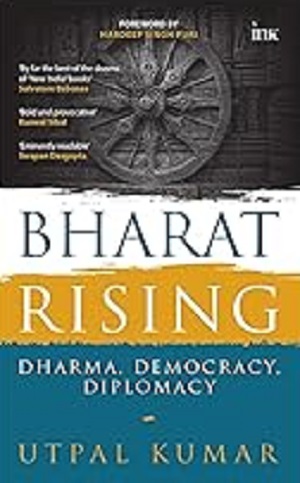
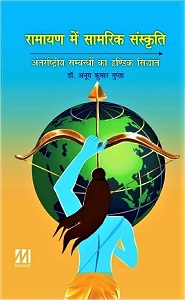
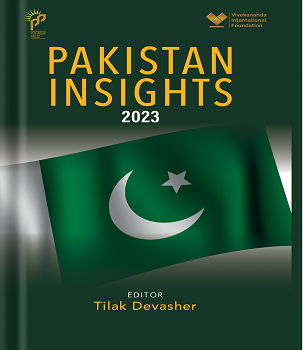
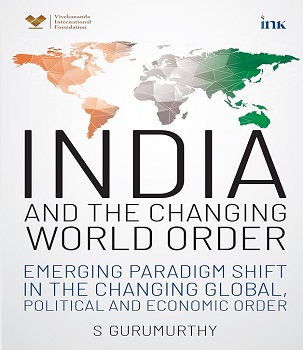
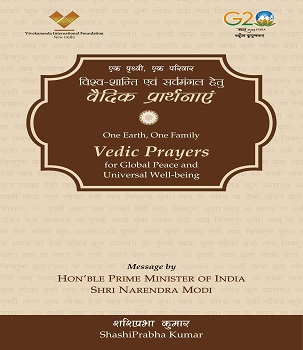
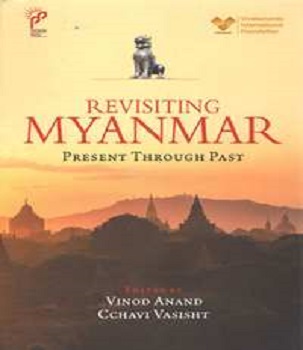
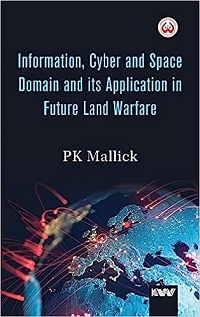
Post new comment